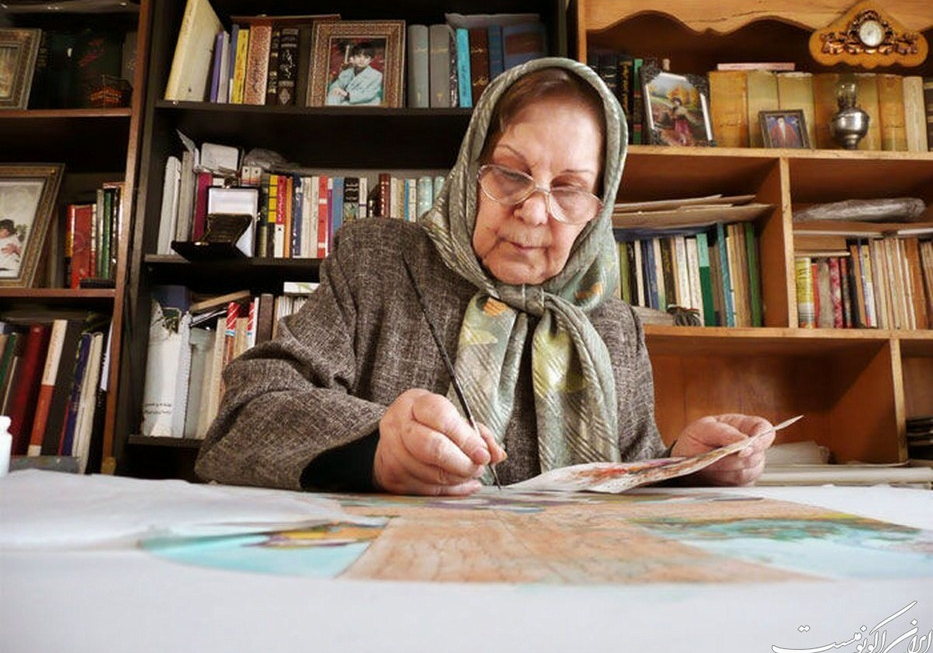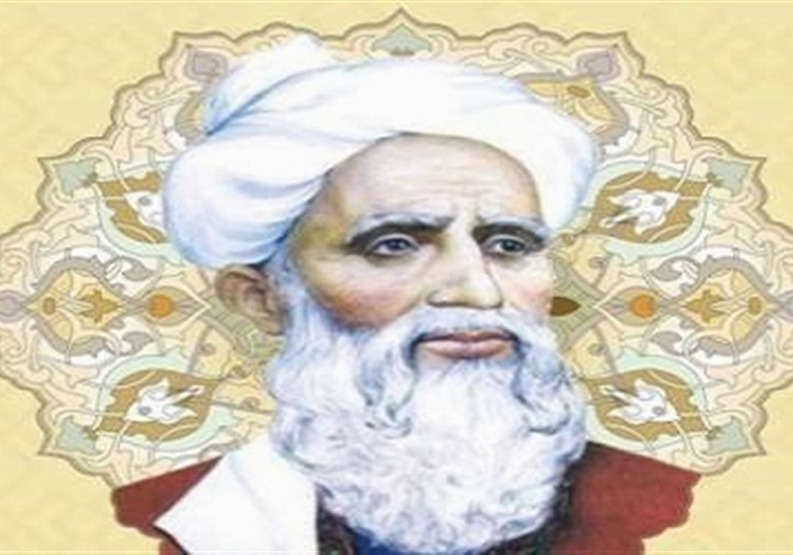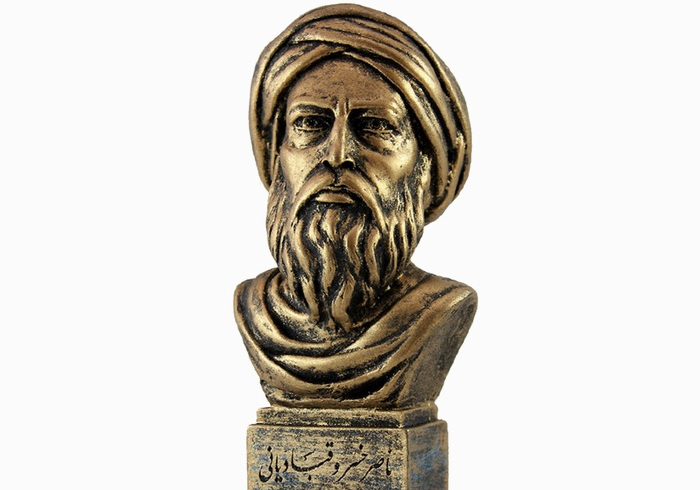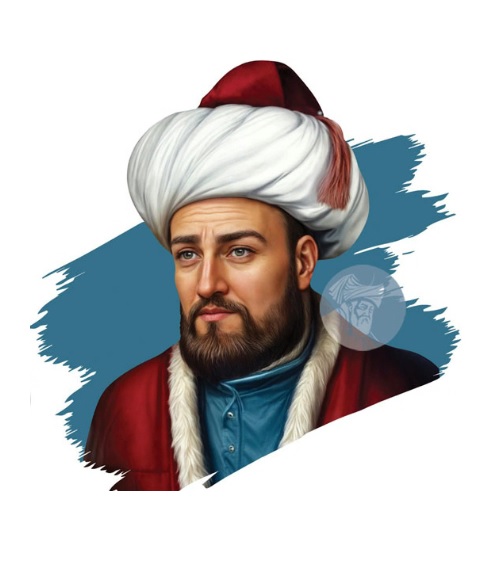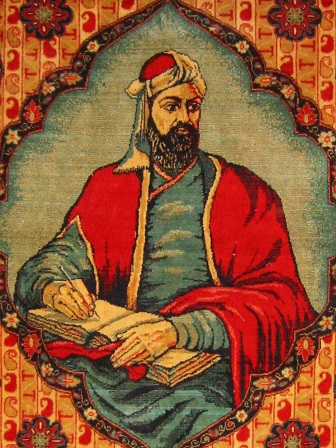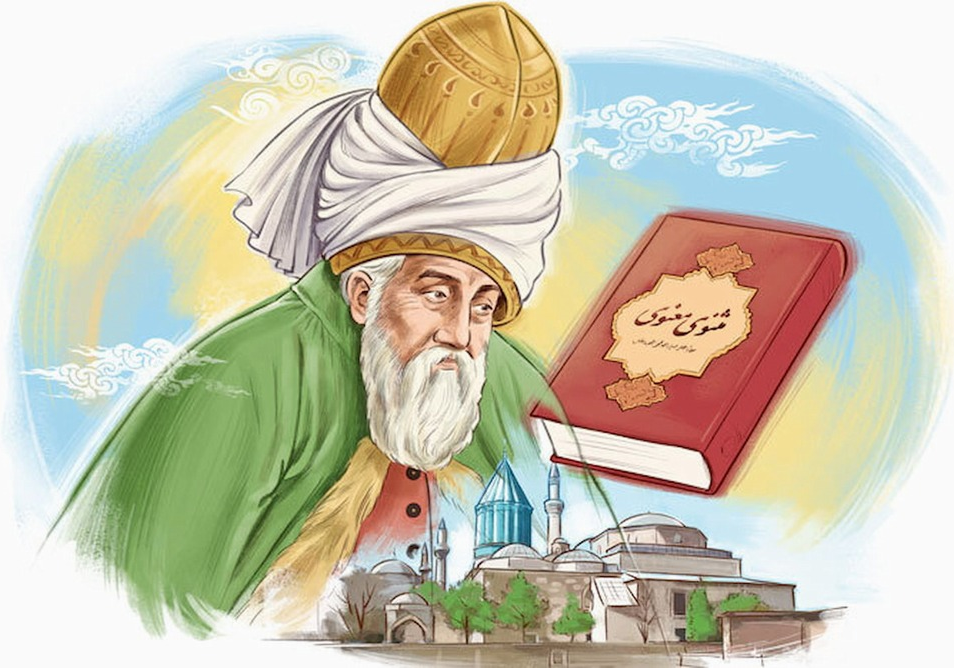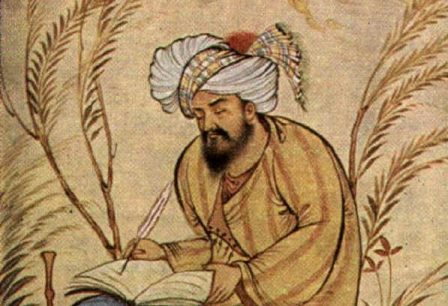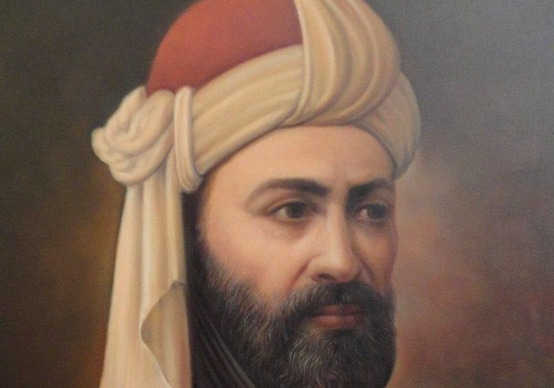
Attar Neyshabouri
He learned pharmacy and pharmacology from his father and worked as a herbalist to treat patients. Many stories have been told about Attar turning his back on worldly possessions and taking the path of asceticism, solitude, and piety.
From among Attar’s famous works, mention may be made of Mukhtarnameh, Mosibatnameh, Elahinameh, Asrarnameh, Mantiq al-Tayr, Divan of Ghazals and Odes and Tazkriat al-Awliya. All of Attar’s works were burned during the Mongol invasion and the works that survived were those that were taken to other cities before the Mongol invasion.
According to some scholars (expert on Rumi and his works), Attar’s works have been among the important sources used by Rumi in compiling his Mathnawi Ma’nawi, and Rumi, too, has made reference to this point somewhere in his Divan-Kabir.
April 16th has been named as “National Day of Attar” in the Iranian calendar, which is commemorated every year at his tomb in Neyshabour, on which different programs such as flowering his tomb, presenting research papers about this poet, book and calligraphy exhibition and poetry are organized and many people participate in it.
Attar’s works have been translated into various languages of the world and books about him have been written and published in Iran and the world. Attar was killed at the age of 78 as a result of the massacre that the Mongols inflicted on Neyshabour in April 1221 and his tomb is located in the city of Neyshabour.
| Name | Attar Neyshabouri |
| Country | Iran |
| Nickname | Farid al-Din Abu Ḥamed Mohammad bin Abu Bakr |
| Works | Mukhtarnameh, Mosibatnameh, Elahinameh, Asrarnameh, Mantiq al-Tayr |



Attar Neyshabouri: Why He Should Be Known Aknew
Farid al-Din Abu Ḥamed Mohammad ibn Abu Bakr Ebrahin, popularly known as Attar Neyshabouri - one of the renowned Iranian mystics and poets of the Persian language - was born in the Kadkan district of the city of Neyshabour in the year 1146 CE and was killed at the age of 78 as a result of the massacre that the Mongols inflicted on Neyshabour in April 1221.
Attar is known as the most prolific Iranian poet whose poems are of high rank in the field of mysticism. Although Attar was proficient in literary sciences and techniques, theology and astronomy, interpretation of the Holy Qur’an and hadiths, and in medicine and botany, he is basically known as being a gnostic. Sa’id Nafisi believes that Attar was a disciple of Sheikh Najm al-Din Kubra (the founder of Kubrawiya Tariqa; one of the important lines of Sufism founded in the 6th and 7th centuries AH. Attar was greatly influenced by Abu Sa’id Abu al-Khayr (Iranian gnostic and poet).
Works
Attar Neyshabouri's mystical school of thought made many of the dervishes of his time hold him in high esteem and honor his poems and works. From among Attar’s famous works, mention may be made of Khosrownameh, Mukhtarnameh, Mosibatnameh, Elahinameh, Asrarnameh, Jawahirnameh Mantiq al-Tayr, Divan of Ghazals, and Tazkriat al-Awliya, which includes anecdotes and sayings of Imam Ja’far Sadiq (AS) and ends with a brief mention about Imam Muhammad Baqir (AS). All of Attar’s works were burned during the Mongol invasion but except for his Jawahirnameh and Sharh al-Qalb, the other 8 works of his that had been taken to other cities before the Mongol invasion have survived to date.
Attar’s Tomb
Attar’s old age coincided with the invasion of Iran by the Mongols and it is believed that he was killed by them.
Atar Neyshaburi’s tomb is located some six kilometers west of Neyshabour and near the tomb of Omar Khayyam. The building of his tomb belongs to the Timurid period and was built by a person named Amir Ali Shirnavai. This tomb was completely renovated during the time second Pahlavi king. The current building of Atar Neyshaburi’s tomb has eight sides and four entrances with a fully tiled dome. Atar Neyshaburi’s tomb is one of the famous places of Neyshabor and many travelers and tourists visit it every year. The famous Iranian painter, Kamal al-Mulk, is also buried in this tomb. Three other famous personalities named Parviz Meshkatian (musician), Fereydoun Garayeli (historian and poet), and Pahlavan Shurvarzi (one of the great sportsmen of Neyshabur) are also resting near the tomb of Sheikh Attar.
April 16th has been named as “National Day of Attar” in the Iranian calendar, which is commemorated every year at his tomb in Neyshabour. Attar’s works have been translated into various languages of the world.
| Name | Attar Neyshabouri: Why He Should Be Known Aknew |
| Country | Iran |
| Nickname | Attar Neyshabouri |
| Production Time | Born: March 1145, Kadkan Died: 1221 (age 76 years), Neyshabur |
| Works | Khosrownameh, Mukhtarnameh, Mosibatnameh, Elahinameh, Asrarnameh, Jawahirnameh Mantiq al-Tayr, Divan of Ghazals, and Tazkriat al-Awliya |
| Yard period | the past |
| Type | Literary,Academic |

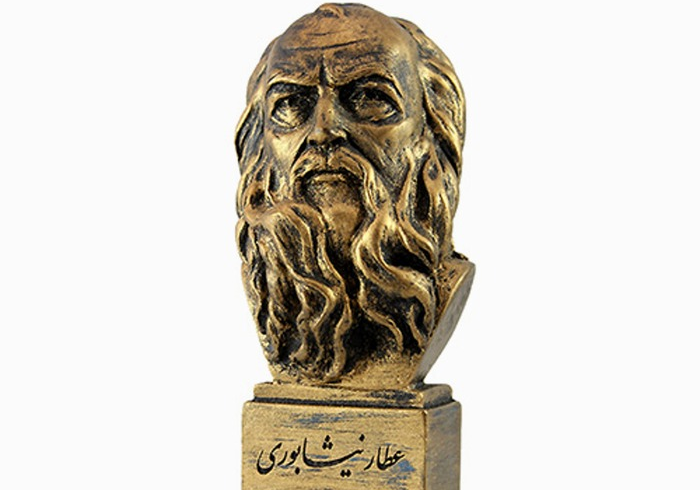
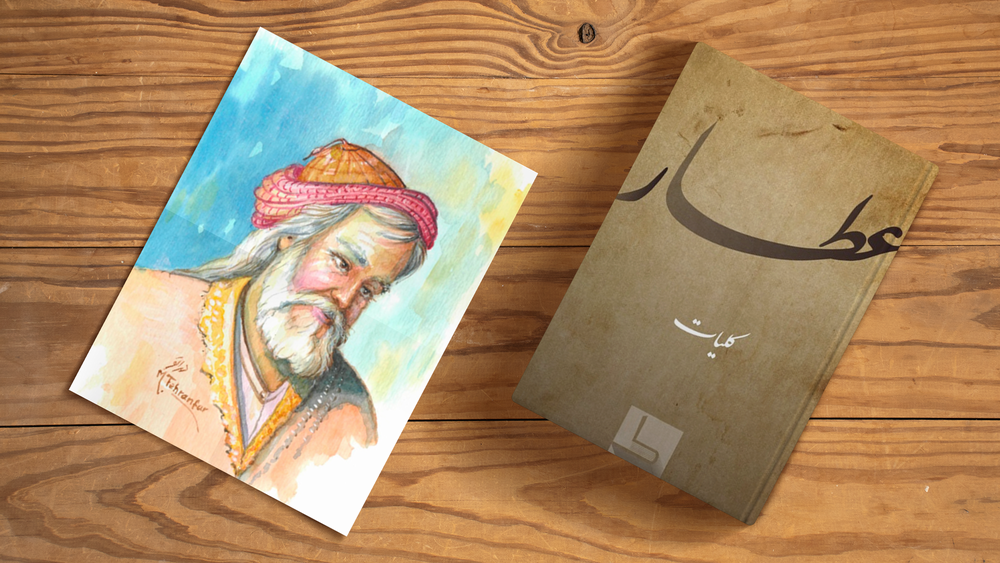
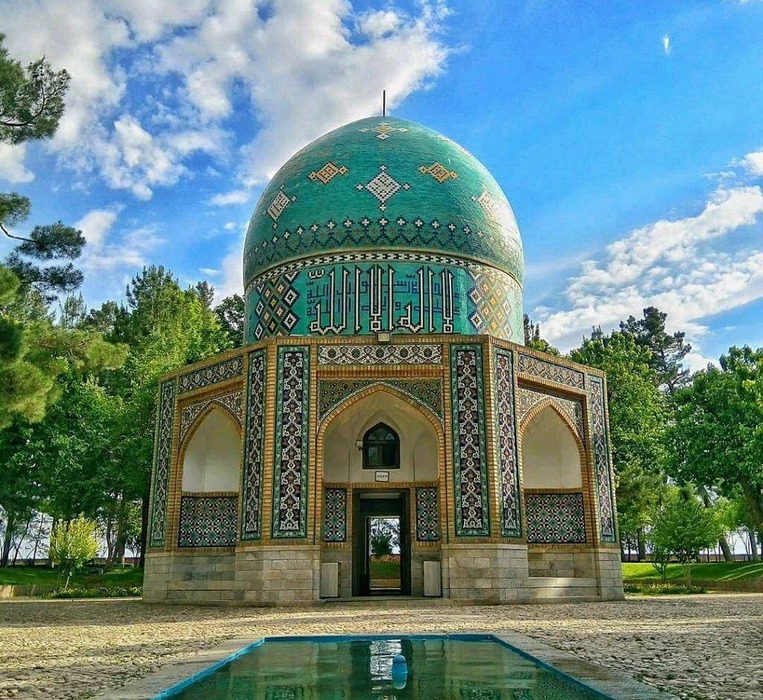
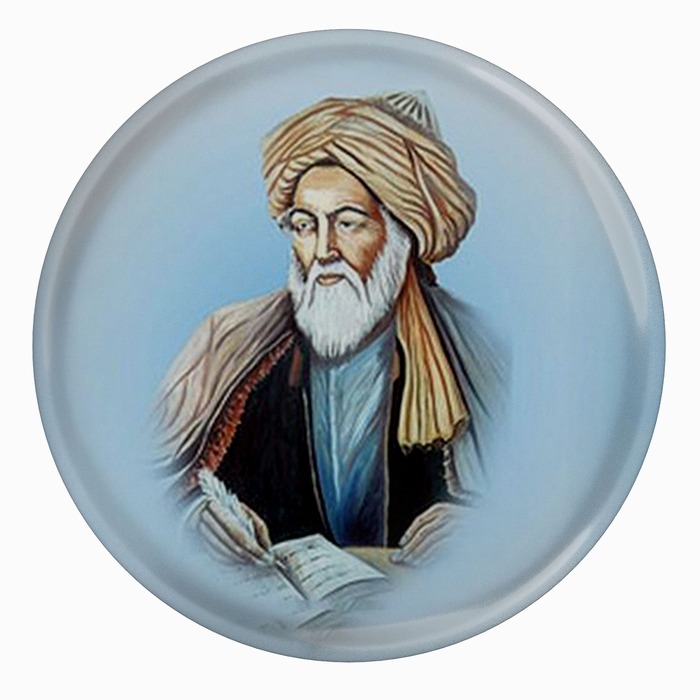





Choose blindless
Red blindless Green blindless Blue blindless Red hard to see Green hard to see Blue hard to see Monochrome Special MonochromeFont size change:
Change word spacing:
Change line height:
Change mouse type:




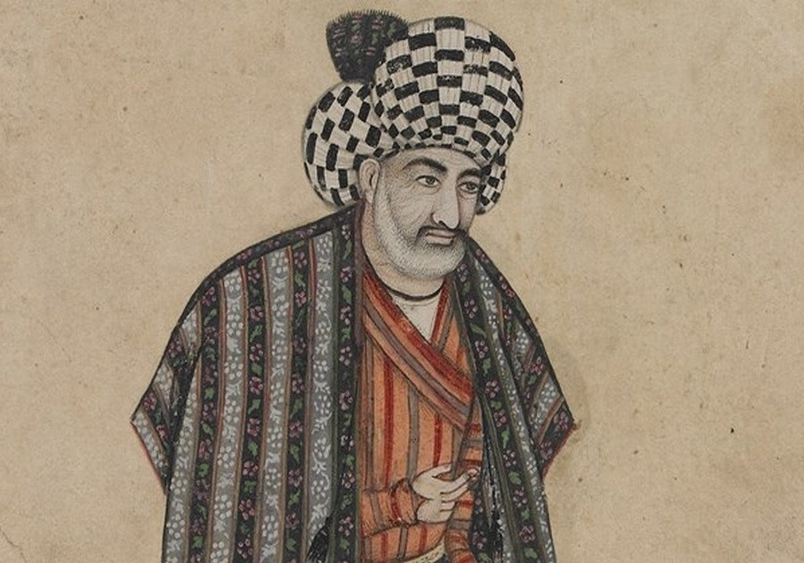

.jpg)


